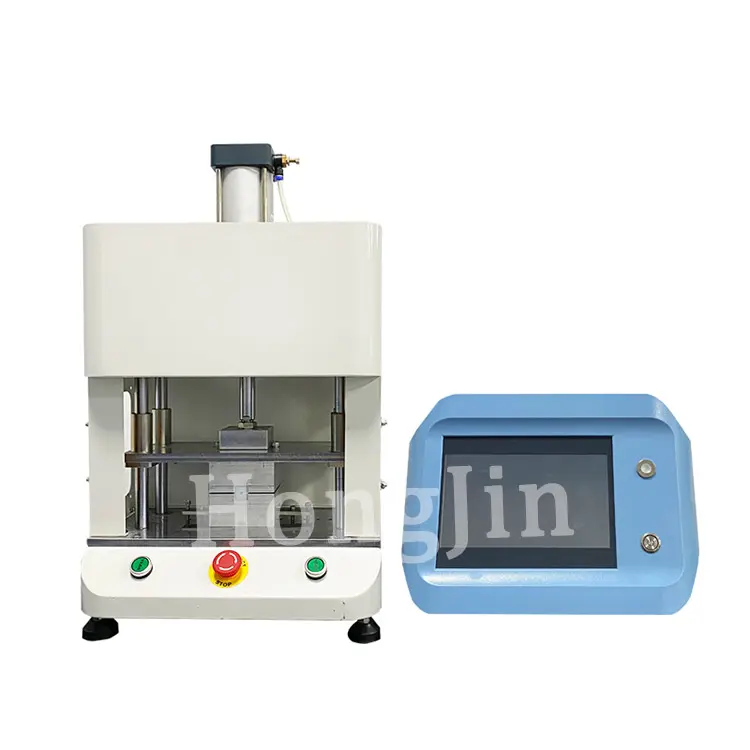Views: 272 Author: Kaylee Publish Time: 2024-05-06 Origin: Site









Air tightness testing plays a crucial role in various industries, ensuring the integrity and efficiency of products ranging from automotive components to building envelopes. Central to this process are air tightness testing machines, which employ sophisticated mechanisms to measure and assess the leakage of air from sealed structures or components. In this article, we delve into the intricate workings of these machines, examining their key components and how they contribute to accurate and reliable testing procedures.
1.Define the significance of air tightness testing in different industries.
2.Explain how air tightness testing machines contribute to quality control and compliance with regulations.
3.Highlight the importance of identifying and rectifying air leakage issues early in the manufacturing or construction process.
1.Discuss the role of the pressure generation system in creating differential pressures for testing.
2.Explore common methods such as fan-based systems or compressed air systems.
3.Explain the need for precise control and measurement of pressure levels.
1.Describe the design and construction of the test chamber, which houses the specimen being tested.
2.Highlight features such as seals, windows, and access points for specimen insertion.
3.Discuss the importance of ensuring airtight integrity in the test chamber to prevent false readings.
1.Examine different types of pressure sensors used in air tightness testing machines, such as manometers, pressure transducers, or digital gauges.
2.Discuss the principles behind pressure measurement and calibration procedures.
3.Highlight the significance of accurate pressure readings in determining air leakage rates.
1.Explore the role of control systems in regulating test parameters, such as pressure levels and testing duration.
2.Discuss data acquisition systems for recording and analyzing test results.
3.Highlight advancements in automation and integration with computerized systems for enhanced efficiency and accuracy.

1.Explain the importance of effective seals in preventing air leakage around the specimen or test chamber.
2.Discuss materials and designs used for seals, such as rubber gaskets, O-rings, or pneumatic seals.
1.Identify safety components such as pressure relief valves, emergency stop buttons, and interlock systems.
2.Emphasize the importance of safeguarding operators and equipment during testing procedures.
1.Discuss the calibration requirements for air tightness testing machines to ensure accuracy and reliability.
2.Highlight industry standards and best practices for calibration procedures.
1.Explore diverse applications of air tightness testing machines across industries such as automotive, aerospace, construction, and HVAC.
2.Highlight specific examples of how these machines contribute to product development, quality assurance, and energy efficiency.
1.Discuss emerging technologies and trends in air tightness testing, such as non-destructive testing methods or remote monitoring capabilities.
2.Explore potential advancements in sensor technology, automation, and artificial intelligence for optimizing testing processes.

Air tightness testing machines serve as indispensable tools for ensuring the integrity and performance of sealed products and structures across various industries. By understanding the key components and mechanisms involved in these machines, manufacturers and engineers can uphold quality standards, comply with regulations, and enhance the reliability of their products. Whether produced by established air tightness testing machines manufacturers or innovative startups, these machines play a pivotal role in verifying the efficacy of seals and identifying potential leakage points. As technology continues to evolve, the future holds promising opportunities for innovation and advancement in air tightness testing methodologies, driven by collaboration between manufacturers, engineers, and researchers striving to push the boundaries of precision and efficiency in this critical field.This comprehensive overview provides insights into the intricate workings of air tightness testing machines, shedding light on their critical role in modern manufacturing and construction practices.
Common Defects Identified by Sealing Performance Testing Machines and How They Are Addressed
What Types of Tests Can Be Performed Using New Energy Battery Testing Equipment?
How Do Automated Adhesive Tape Testing Equipment Outperform Manual Methods?
What Are The Key Components of An Air Tightness Testing Machine?
What Types of Foam Testers Exist, And How Do They Differ in Design And Function?
What Are The Different Types of Hardness Testing Methods Available?